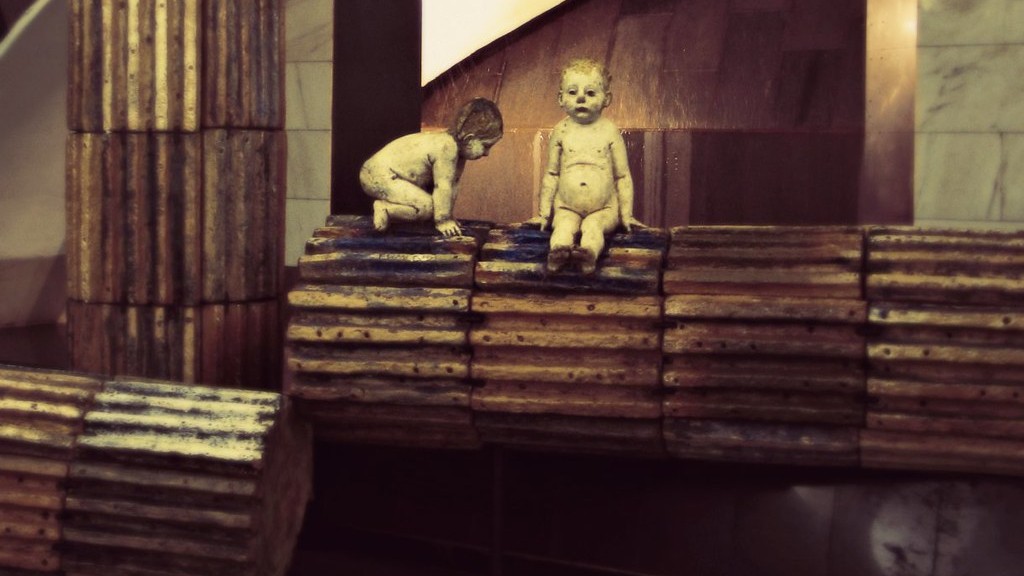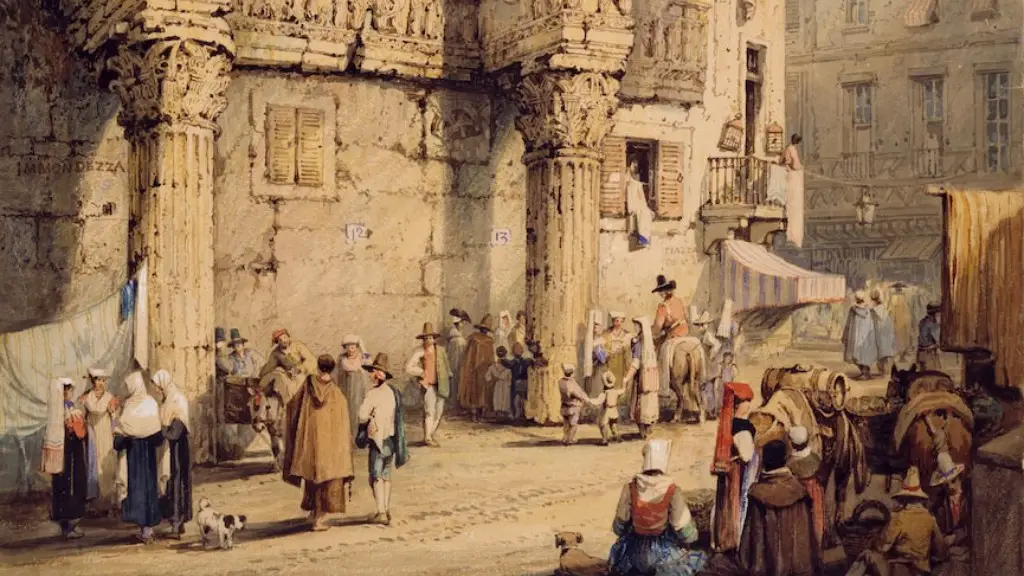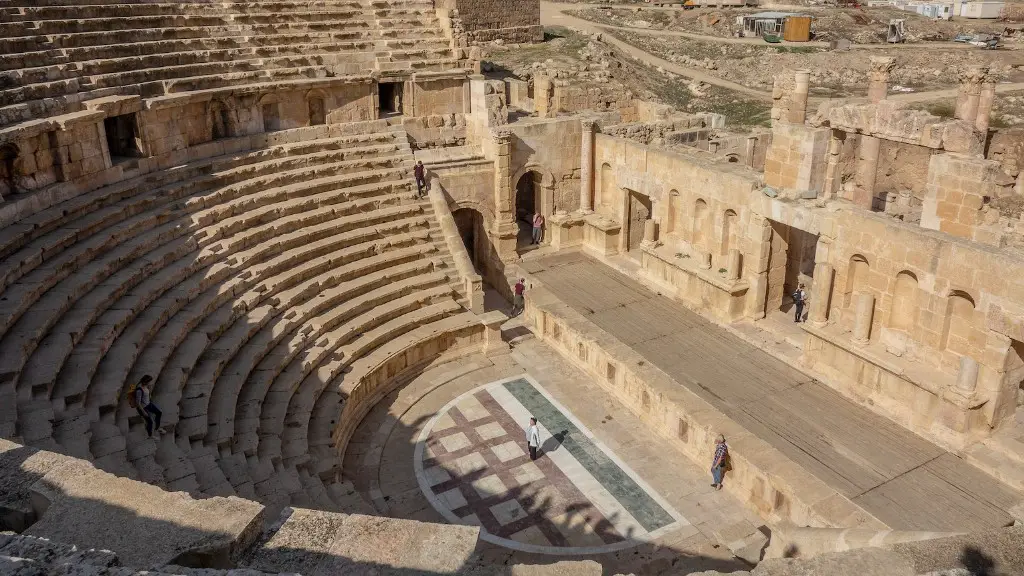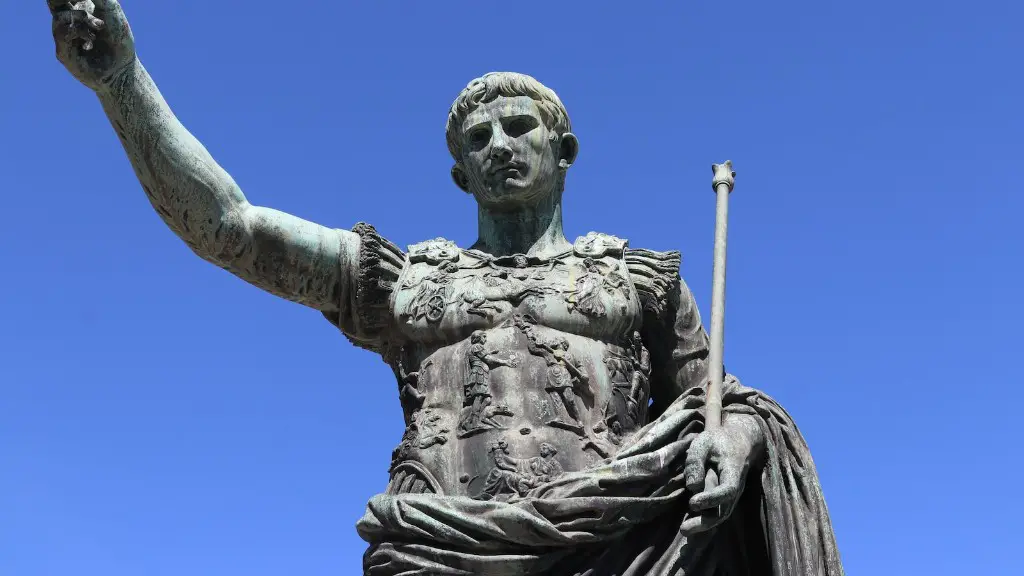The Silk Road was a trade route that connected China and the Mediterranean Sea. It was used by the Chinese to trade silk and other goods with the Roman Empire. The Silk Road was also used by other cultures to trade other goods.
The ancient Romans did use the Silk Road to transport goods, as well as for cultural exchange. The Silk Road was a network of trade routes that stretched from China to the Mediterranean Sea. It was used by merchants to transport silk, spices, and other goods back and forth between Eurasia.
Did Rome use the Silk Road?
The east-west trade routes between Greece and China began to open during the first and second centuries BC. This created a great deal of commerce between the two empires and also benefitted the Roman Empire and the Kushan Empire (which ruled territory in what is now northern India). The Silk Road was a key factor in opening up these trade routes and making them possible.
The Silk Road was a network of routes used by traders for more than 1,500 years, from when the Han dynasty of China opened trade in 130 BCE until 1453 CE, when the Ottoman Empire closed off trade with the West. The Road gets its name from the lucrative trade in Chinese silk that took place along its length, although many other goods were traded, including spices, precious metals, and jade. The Silk Road was not a single road, but a network of routes connecting the East and the West.
How did the Silk Road affect Rome
Chinese silk was a popular item in Rome and was often traded for other goods. This trade helped to spread new ideas and religions to other parts of the world.
The Roman Empire was at its height during the first and second centuries CE. At this time, Rome had control of the Mediterranean and was looking to expand its trade routes. Large Roman trade fleets reached the ports of India and China, where they traded for precious commodities. This trade helped to increase the wealth of the Roman Empire and made it one of the most powerful empires in the world.
Why did the Romans want to ban silk?
The Roman Senate tried to ban silk because the demand for silk and silk products was creating a tremendous trade imbalance with China. This was due to the amount of silk being imported into Rome from the Silk Road. However, the ban was not successful and silk continued to be traded between the two empires.
The Romans discovered the Silk Road as they expanded their territory into Greece and the eastern Mediterranean. The road had already been in use by other cultures in this area. Silk was a very rare and valuable commodity in Rome. The Silk Road allowed the Romans to trade with other cultures and to obtain this valuable commodity.
Who used the Silk Road first?
The expedition of Zhang Qian in 138 BC is considered to be the foundation of the first ‘Silk Road’. On his return to Han China, his most important achievement was to demonstrate the possibility for safe travel far to the west. This opened up the Silk Road, which was an immensely important trade route between China and the rest of the world.
The Silk Route, also known as the Silk Road, was a network of trade routes that spanned from China to the Mediterranean Sea. The routes were used during the Tang Dynasty, from 618 to 907 AD, and allowed for the exchange of goods and cultures between East and West. The routes evolved over time, changing with shifts in territorial boundaries and national leadership. Despite its name, the Silk Route was not just used for the transport of silk, but also for other goods such as spices, gold, and ivory.
Why was silk important in Rome
Silk is a fabric that has been prized for its beauty and luxurious feel for centuries. As a symbol of wealth and prestige, silk found an immediate and permanent market in all the cities of the Roman Empire. Later, when Rome declined, silk served to accentuate the grave hieratic splendour of the Eastern Emperors at Byzantium.
The statement in the title authorizes the conclusion that raw silk was brought from the interior of Asia and manufactured in Cos as early as the fourth century BC. This would mean that the Roman ladies obtained their most splendid garments from Cos, as the later poets of the Augustan age suggest. Tibullus (II.
What did the Romans call the Chinese?
The Romans were aware of the existence of China and referred to it as Serica or Sinae. The Chinese were called Seres by the Romans.
Farming was a large part of the Roman economy and many of the exports were food or products made from crops. Grapes, oil, and grain were a few of the major exports and from these crops, items such as olive oil, wine, and cereals were also made and exported. Other exports included pottery and papyrus (paper).
Did ancient Rome and ancient China meet
Though the great empires of the Romans in Europe and the Han in China co-existed from the 2nd century BC to the 3rd century AD, they were so far away that apparently they only remotely knew of each other. This is quite remarkable, considering how influential both empires were at the time. It just goes to show how big and varied the world was back then.
Spain, France, the Middle East and north Africa were the main trading partners of the Roman Empire. The Romans imported a variety of goods from these regions, including beef, corn, glass, iron, lead, leather, marble, olive oil, perfumes, timber, tin and wine. Trade played a vital role in the economy of the Roman Empire and helped to promote cultural and economic exchange between the different regions.
What did the Romans think of silk?
The Roman Empire was one of the first to import Chinese silk on a large scale. Within a few decades, it had become a common fabric among the wealthy and noble families of Rome. The Emperor Heliogabalus (AD 218-222), for example, was known for wearing nothing but silk. The luxurious fabric was seen as a status symbol and was cherished for its beauty and comfort. Silk continued to be popular in the Roman Empire for centuries, and its legacy can still be seen in modern fashion.
The Silk Road was an ancient trade route that linked the Western world with the Middle East and Asia. It was a major conduit for trade between the Roman Empire and China and later between medieval European kingdoms and China. The Silk Road flourished during the Han Dynasty (206 BC-220 AD) and continued to be used until the 14th century, when it was replaced by sea trade routes. The Silk Road gets its name from the lucrative trade in Chinese silk that was exchanged for goods from the West. Over time, the Silk Road also became a cultural exchange, with ideas, religions, and technologies from China, India, Persia, and Europe all being traded along the route.
Warp Up
Yes, Rome used the Silk Road for trade.
There is no conclusive evidence that ancient Rome used the silk road. However, there is evidence that Rome traded with China, which would have been impossible without the use of the silk road. Therefore, it is likely that Rome did use the silk road at some point.





